US Airways 2008 Annual Report Download - page 12
Download and view the complete annual report
Please find page 12 of the 2008 US Airways annual report below. You can navigate through the pages in the report by either clicking on the pages listed below, or by using the keyword search tool below to find specific information within the annual report.-
 1
1 -
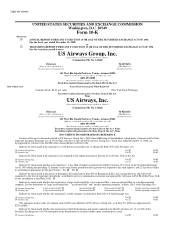 2
2 -
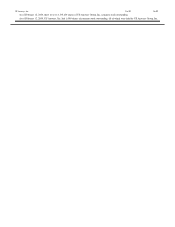 3
3 -
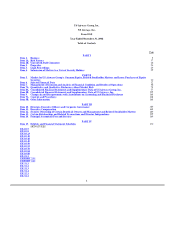 4
4 -
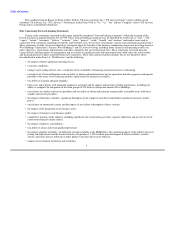 5
5 -
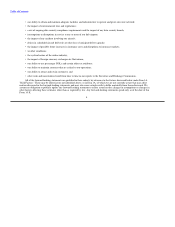 6
6 -
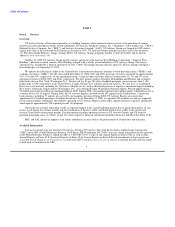 7
7 -
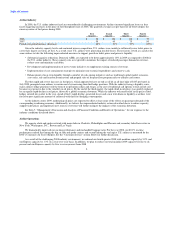 8
8 -
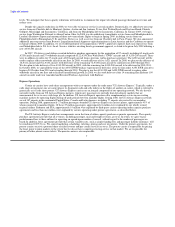 9
9 -
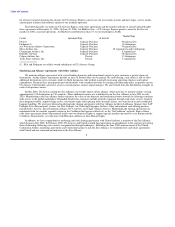 10
10 -
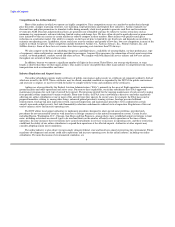 11
11 -
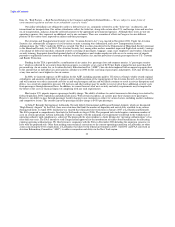 12
12 -
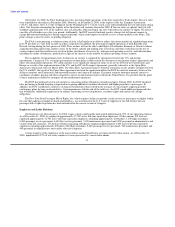 13
13 -
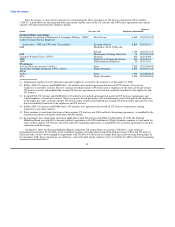 14
14 -
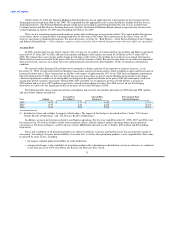 15
15 -
 16
16 -
 17
17 -
 18
18 -
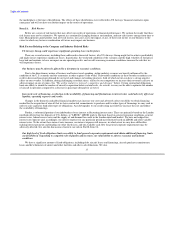 19
19 -
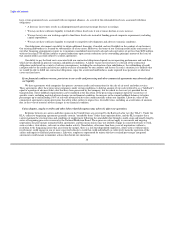 20
20 -
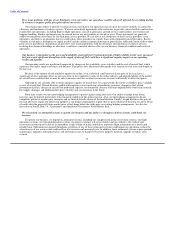 21
21 -
 22
22 -
 23
23 -
 24
24 -
 25
25 -
 26
26 -
 27
27 -
 28
28 -
 29
29 -
 30
30 -
 31
31 -
 32
32 -
 33
33 -
 34
34 -
 35
35 -
 36
36 -
 37
37 -
 38
38 -
 39
39 -
 40
40 -
 41
41 -
 42
42 -
 43
43 -
 44
44 -
 45
45 -
 46
46 -
 47
47 -
 48
48 -
 49
49 -
 50
50 -
 51
51 -
 52
52 -
 53
53 -
 54
54 -
 55
55 -
 56
56 -
 57
57 -
 58
58 -
 59
59 -
 60
60 -
 61
61 -
 62
62 -
 63
63 -
 64
64 -
 65
65 -
 66
66 -
 67
67 -
 68
68 -
 69
69 -
 70
70 -
 71
71 -
 72
72 -
 73
73 -
 74
74 -
 75
75 -
 76
76 -
 77
77 -
 78
78 -
 79
79 -
 80
80 -
 81
81 -
 82
82 -
 83
83 -
 84
84 -
 85
85 -
 86
86 -
 87
87 -
 88
88 -
 89
89 -
 90
90 -
 91
91 -
 92
92 -
 93
93 -
 94
94 -
 95
95 -
 96
96 -
 97
97 -
 98
98 -
 99
99 -
 100
100 -
 101
101 -
 102
102 -
 103
103 -
 104
104 -
 105
105 -
 106
106 -
 107
107 -
 108
108 -
 109
109 -
 110
110 -
 111
111 -
 112
112 -
 113
113 -
 114
114 -
 115
115 -
 116
116 -
 117
117 -
 118
118 -
 119
119 -
 120
120 -
 121
121 -
 122
122 -
 123
123 -
 124
124 -
 125
125 -
 126
126 -
 127
127 -
 128
128 -
 129
129 -
 130
130 -
 131
131 -
 132
132 -
 133
133 -
 134
134 -
 135
135 -
 136
136 -
 137
137 -
 138
138 -
 139
139 -
 140
140 -
 141
141 -
 142
142 -
 143
143 -
 144
144 -
 145
145 -
 146
146 -
 147
147 -
 148
148 -
 149
149 -
 150
150 -
 151
151 -
 152
152 -
 153
153 -
 154
154 -
 155
155 -
 156
156 -
 157
157 -
 158
158 -
 159
159 -
 160
160 -
 161
161 -
 162
162 -
 163
163 -
 164
164 -
 165
165 -
 166
166 -
 167
167 -
 168
168 -
 169
169 -
 170
170 -
 171
171 -
 172
172 -
 173
173 -
 174
174 -
 175
175 -
 176
176 -
 177
177 -
 178
178 -
 179
179 -
 180
180 -
 181
181 -
 182
182 -
 183
183 -
 184
184 -
 185
185 -
 186
186 -
 187
187 -
 188
188 -
 189
189 -
 190
190 -
 191
191 -
 192
192 -
 193
193 -
 194
194 -
 195
195 -
 196
196 -
 197
197 -
 198
198 -
 199
199 -
 200
200 -
 201
201 -
 202
202 -
 203
203 -
 204
204 -
 205
205 -
 206
206 -
 207
207 -
 208
208 -
 209
209 -
 210
210 -
 211
211 -
 212
212 -
 213
213 -
 214
214 -
 215
215 -
 216
216 -
 217
217 -
 218
218 -
 219
219 -
 220
220 -
 221
221 -
 222
222 -
 223
223 -
 224
224 -
 225
225 -
 226
226 -
 227
227 -
 228
228 -
 229
229 -
 230
230 -
 231
231 -
 232
232 -
 233
233 -
 234
234 -
 235
235 -
 236
236 -
 237
237 -
 238
238 -
 239
239 -
 240
240 -
 241
241 -
 242
242 -
 243
243 -
 244
244 -
 245
245 -
 246
246 -
 247
247 -
 248
248 -
 249
249 -
 250
250 -
 251
251 -
 252
252 -
 253
253 -
 254
254 -
 255
255 -
 256
256 -
 257
257 -
 258
258 -
 259
259 -
 260
260 -
 261
261 -
 262
262 -
 263
263 -
 264
264 -
 265
265 -
 266
266 -
 267
267 -
 268
268 -
 269
269 -
 270
270 -
 271
271 -
 272
272 -
 273
273 -
 274
274 -
 275
275 -
 276
276 -
 277
277 -
 278
278 -
 279
279 -
 280
280 -
 281
281 -
 282
282 -
 283
283 -
 284
284 -
 285
285 -
 286
286 -
 287
287 -
 288
288 -
 289
289 -
 290
290 -
 291
291 -
 292
292 -
 293
293 -
 294
294 -
 295
295 -
 296
296 -
 297
297 -
 298
298 -
 299
299 -
 300
300 -
 301
301 -
 302
302 -
 303
303 -
 304
304 -
 305
305 -
 306
306 -
 307
307 -
 308
308 -
 309
309 -
 310
310 -
 311
311 -
 312
312 -
 313
313 -
 314
314 -
 315
315 -
 316
316 -
 317
317 -
 318
318 -
 319
319 -
 320
320 -
 321
321 -
 322
322 -
 323
323 -
 324
324 -
 325
325 -
 326
326 -
 327
327 -
 328
328 -
 329
329 -
 330
330 -
 331
331 -
 332
332 -
 333
333 -
 334
334 -
 335
335 -
 336
336 -
 337
337 -
 338
338 -
 339
339 -
 340
340 -
 341
341 -
 342
342 -
 343
343 -
 344
344 -
 345
345 -
 346
346 -
 347
347 -
 348
348 -
 349
349 -
 350
350 -
 351
351 -
 352
352 -
 353
353 -
 354
354 -
 355
355 -
 356
356 -
 357
357 -
 358
358 -
 359
359 -
 360
360 -
 361
361 -
 362
362 -
 363
363 -
 364
364 -
 365
365 -
 366
366 -
 367
367 -
 368
368 -
 369
369 -
 370
370 -
 371
371 -
 372
372 -
 373
373 -
 374
374 -
 375
375 -
 376
376 -
 377
377 -
 378
378 -
 379
379 -
 380
380 -
 381
381 -
 382
382 -
 383
383 -
 384
384 -
 385
385 -
 386
386 -
 387
387 -
 388
388 -
 389
389 -
 390
390 -
 391
391 -
 392
392 -
 393
393 -
 394
394 -
 395
395 -
 396
396 -
 397
397 -
 398
398 -
 399
399 -
 400
400 -
 401
401
 |
 |

Table of Contents
Item 1A. "Risk Factors — Risk Factors Relating to the Company and Industry Related Risks — We are subject to many forms of
environmental regulation and may incur substantial costs as a result."
Our airline subsidiaries are obligated to collect a federal excise tax, commonly referred to as the "ticket tax," on domestic and
international air transportation. Our airline subsidiaries collect the ticket tax, along with certain other U.S. and foreign taxes and user fees
on air transportation, and pass along the collected amounts to the appropriate governmental agencies. Although these taxes are not our
operating expenses, they represent an additional cost to our customers. There are a number of efforts in Congress to raise different
portions of the various taxes imposed on airlines and their passengers.
The Aviation and Transportation Security Act (the "Aviation Security Act") was enacted in November 2001. Under the Aviation
Security Act, substantially all aspects of civil aviation security screening were federalized, and a new Transportation Security
Administration (the "TSA") under the DOT was created. The TSA was then transferred to the Department of Homeland Security pursuant
to the Homeland Security Act of 2002. The Aviation Security Act, among other matters, mandates improved flight deck security; carriage
at no charge of federal air marshals; enhanced security screening of passengers, baggage, cargo, mail, employees and vendors; enhanced
security training; fingerprint-based background checks of all employees and vendor employees with access to secure areas of airports
pursuant to regulations issued in connection with the Aviation Security Act; and the provision of certain passenger data to U.S. Customs
and Border Protection.
Funding for the TSA is provided by a combination of air-carrier fees, passenger fees and taxpayer monies. A "passenger security
fee," which is collected by air carriers from their passengers, is currently set at a rate of $2.50 per flight segment but not more than $10
per round trip. An air-carrier fee, or Aviation Security Infrastructure Fee ("ASIF"), has also been imposed with an annual cap equivalent
to the amount that an individual air carrier paid in calendar year 2000 for the screening of passengers and property. TSA may lift this cap
at any time and set a new higher fee for air carriers.
In 2008, we incurred expenses of $53 million for the ASIF, including amounts paid by US Airways Group's wholly owned regional
subsidiaries and amounts attributable to regional carriers. Implementation of the requirements of the Aviation Security Act have resulted
and will continue to result in increased costs for us and our passengers and has and will likely continue to result in service disruptions and
delays. As a result of competitive pressure, US Airways and other airlines may be unable to recover all of these additional security costs
from passengers through increased fares. In addition, we cannot forecast what new security and safety requirements may be imposed in
the future or the costs or financial impact of complying with any such requirements.
Most major U.S. airports impose a passenger facility charge. The ability of airlines to contest increases in this charge is restricted by
federal legislation, DOT regulations and judicial decisions. With certain exceptions, air carriers pass these charges on to passengers.
However, our ability to pass through passenger facility charges to our customers is subject to various factors, including market conditions
and competitive factors. The current cap on the passenger facility charge is $4.50 per passenger.
At John F. Kennedy International, LaGuardia, Newark Liberty International and Reagan National Airports, which are designated
"High Density Airports" by the FAA, there are restrictions that limit the number of departure and arrival slots available to air carriers
during peak hours. In April 2000, legislation was enacted that eliminated slot restrictions in January 2007 at LaGuardia and Kennedy.
The FAA proposed a comprehensive final rule for LaGuardia in August 2006. The proposed rule would require a minimum number of
seats on certain operations to/from LaGuardia. Failure to comply with the minimum seat requirement would lead to the withdrawal of
operating authority until compliance is achieved. The proposed rule also introduces a finite lifespan for "operating authorizations" of no
more than ten years. The FAA intends to seek Congressional approval for the introduction of market based mechanisms for allocating
expiring operating authorizations. We filed extensive comments with the FAA in December 2006 detailing the numerous concerns we
have with the proposed rule. Other than making some technical corrections to the current operating restrictions at LaGuardia, no other
action concerning the level of operations at LaGuardia was taken by the federal government in 2007. The DOT and FAA convened an
Aviation Rulemaking Committee ("ARC") to address congestion and delays in the New York region.
10
